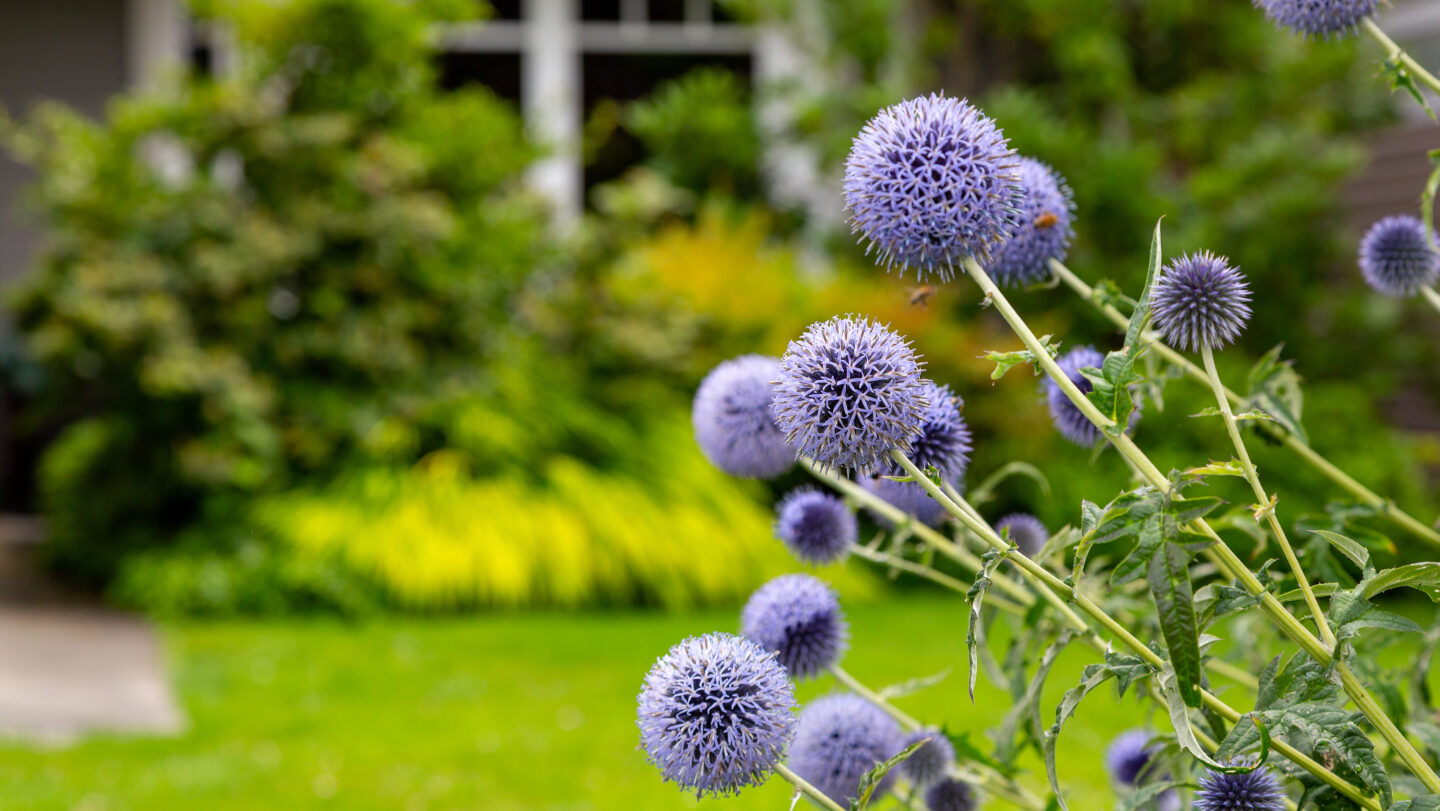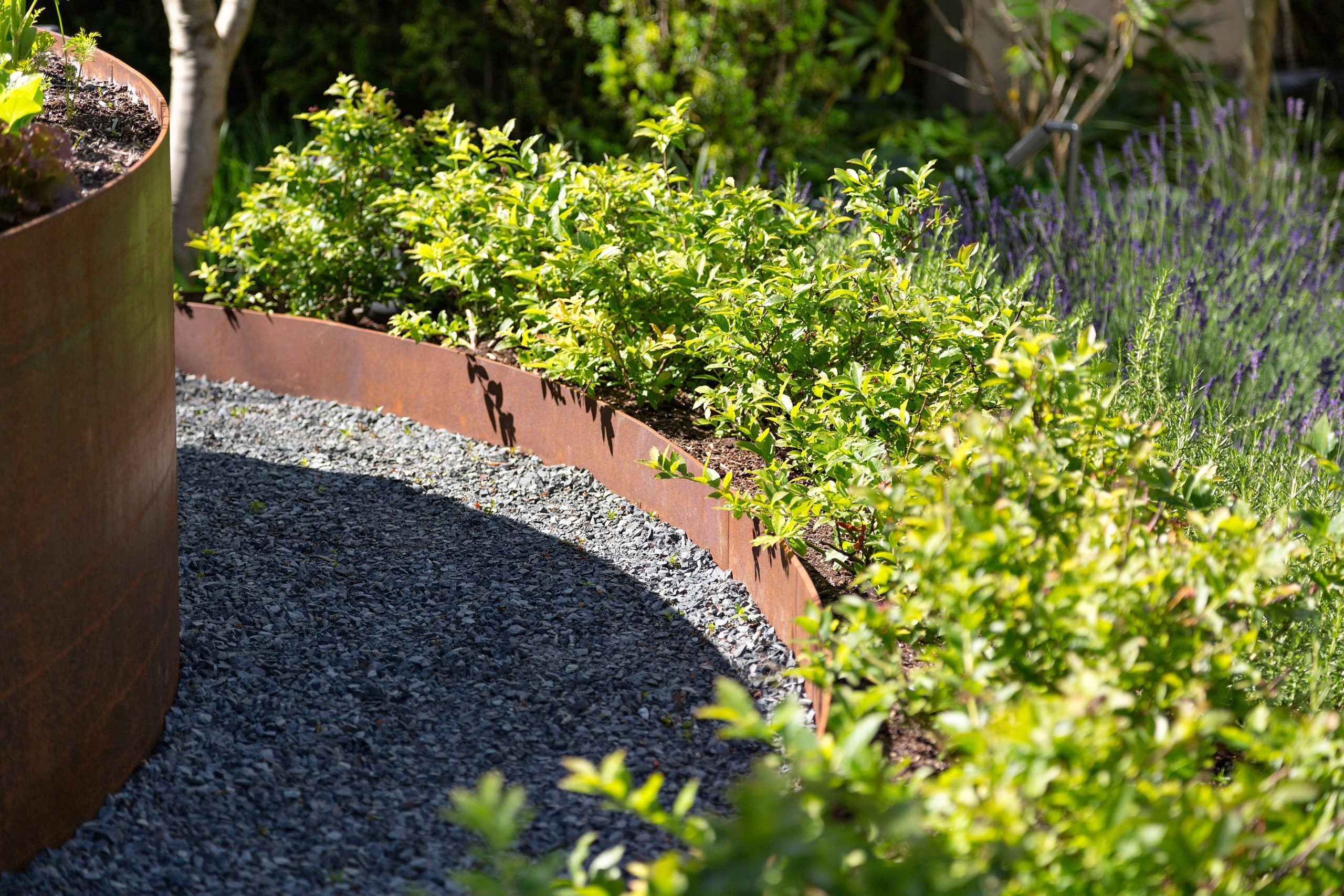Introduction
In the quest for Beautiful lawns and gardens, many homeowners turn to chemical pesticides and fertilizers to maintain their landscapes. These products promise to eradicate pests and infuse the soil with nutrients, ensuring a lush and thriving outdoor space. However, what often remains hidden from view is the impact that these chemicals can have on the ecosystem beneath the surface – the soil.
Healthy soil teems with an intricate web of beneficial organisms that play a crucial role in nurturing plant life, but chemical treatments disrupt this delicate balance. In this article, we will explore how chemical pesticides and fertilizers can reduce the activity of these vital organisms and, in turn, compromise the health of our soil.
The Biodiversity Beneath the Surface:
Beneath our feet lies a world of tiny but essential creatures, from earthworms to beneficial bacteria, fungi, and microorganisms. Collectively, these organisms contribute to the overall health and vitality of the soil. They promote plant growth, assist with nutrient absorption, and even help in disease control. Let’s take a closer look at how some of these organisms contribute to the well-being of your lawn or garden.
1. Earthworms
Earthworms are often considered soil heroes. They burrow through the soil, enhancing its structure and porosity. Their tunnels improve air and water circulation, which benefits plant roots. Earthworms also help decompose thatch – a layer of dead grass and organic matter – transforming it into nutrient-rich castings. Furthermore, these castings help maintain the soil’s preferred pH level, making it more hospitable for plants.
2. Beneficial Microorganisms
Various beneficial microorganisms, such as mycorrhizal fungi and nitrogen-fixing bacteria, form symbiotic relationships with plants. Mycorrhizal fungi extend plant root systems, enabling them to absorb more water and nutrients. Nitrogen-fixing bacteria convert atmospheric nitrogen into a form that plants can use. Both of these groups of microorganisms play vital roles in plant health and growth.
The Impact of Chemical Pesticides and Fertilizers
While chemical pesticides and fertilizers may provide immediate relief from pests and offer rapid nutrient supplementation, they often come at a hidden cost. These substances, designed to target unwanted organisms, do not discriminate between harmful and beneficial ones.
1. Pesticides’ Impact
Chemical pesticides, by design, disrupt the ecological balance of the soil. They may eliminate pest insects but also harm or kill beneficial insects, such as ladybugs, spiders, and nematodes, which serve as natural pest controllers. This imbalance can lead to increased pest resurgence and the development of pesticide-resistant strains.
2. Fertilizers’ Impact
Chemical fertilizers can provide a quick influx of nutrients to plants. However, they may create an overreliance on external inputs, reducing the plant’s ability to form associations with mycorrhizal fungi and obtain nutrients naturally. This can lead to nutrient imbalances and affect long-term soil health.
The Alternatives: Sustainable Soil Care
Rather than resorting to chemical solutions, consider adopting a more sustainable approach to lawn and garden care. Here are some alternatives:
1. Organic Pest Control
Embrace organic pest control methods such as companion planting, introducing beneficial insects, and practicing good garden hygiene. These strategies can help maintain a balanced ecosystem that keeps pest populations in check.
2. Organic Fertilizers
Opt for organic or slow-release fertilizers that work in harmony with soil organisms and promote long-term soil health. These fertilizers release nutrients gradually, reducing the risk of nutrient imbalances.
3. Soil Building
Focus on building healthy soil through practices like composting, mulching, and minimal soil disturbance. Healthy soil is naturally more resilient against pests and diseases.
Conclusion
Chemical pesticides and fertilizers may offer quick fixes for a beautiful lawn or garden, but they often compromise the very foundation of healthy plant growth: the soil. The intricate web of beneficial organisms that resides in the soil plays a crucial role in nurturing plant life and maintaining a sustainable ecosystem. To ensure the long-term health and vitality of your outdoor space, consider adopting a more sustainable approach to soil care that works in harmony with nature rather than against it. By doing so, you’ll not only enjoy a beautiful landscape but also support a thriving underground world that is essential for our planet’s health.




 Contact Us
Contact Us